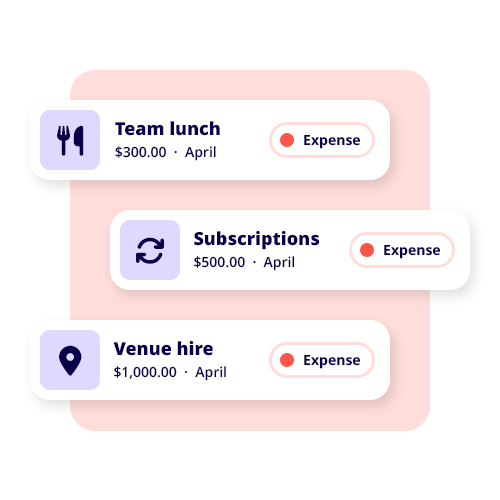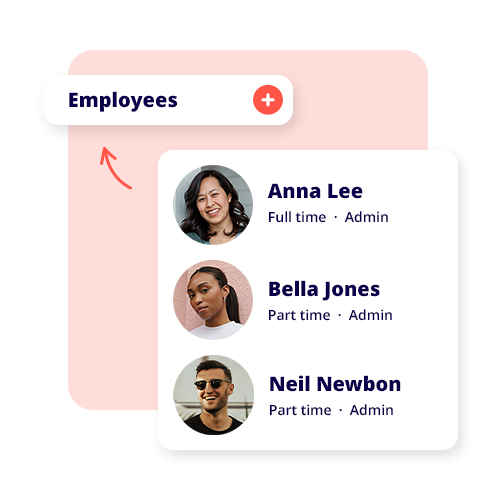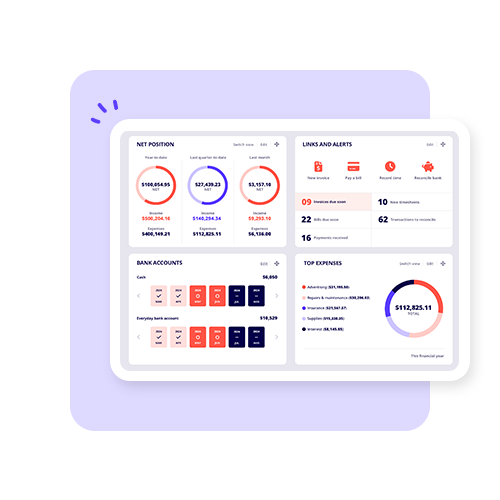Australia has always been considered one of the most desirable places in the world to live. We can count ourselves lucky thanks to a high standard of living, beautiful landscapes, ample space, and a strong economy.
But living in Australia comes at a price. So many household and general living expenses are essential for a decent quality of life – whether you’re single, partnered up, or raising a family. Let’s look at some of the biggest factors contributing to the cost of living in Australia, including things like inflation, as well as tips to save on everyday costs.
How much does it cost to live in Australia?
As you’d expect, most of our major cities – especially Sydney and Melbourne – have much higher costs of living on average when it comes to housing and utilities. In contrast, smaller cities and regional spots can give you a more affordable lifestyle.
According to recent data, a single person’s average monthly living cost, without including rent or mortgage, is about $1,647.60, while a family of four can expect to spend around $5,828.60. These estimates include necessities like groceries, utilities, commuting, and leisure activities.
Interestingly, Australia’s cost of living is 1.8% higher than the US. Housing costs, in particular, are a major contributor to this difference, with Sydney and Melbourne regularly featuring among the most expensive places in the world for property.
What is the Consumer Price Index (CPI)?
The Consumer Price Index (CPI) is arguably the most popular of the living cost indexes – it tracks changes in the cost of an average ‘basket of goods and services’ over time. Think of this ‘basket’ as what the general Australian would have to buy from week to week – food, clothing, healthcare, education, housing, and more.
The Australian Bureau of Statistics (ABS) releases CPI data quite often, so jump online to see a comprehensive view of how inflation impacts the economy and your basic expenses.
The CPI is a good indicator of how living costs are rising or falling. Businesses and governments often use it to adjust wages and the price of things. When the CPI goes up, the cost of everyday items increases, making it more expensive for households to maintain their expected standard of living.
Even the big guys use it. For example, the Reserve Bank of Australia uses headline inflation from the CPI when making interest rate decisions, which can affect the operational costs of small businesses.
What is the Wage Price Index (WPI)?
Australia’s Wage Price Index (WPI) measures changes in wages over time, accounting for inflation and cost-of-living adjustments. It is used to determine whether wages are keeping pace with rising living costs. While wages in Australia have seen modest growth in recent years, for many households, it’s just not been enough to fully offset the surge in inflation.
For employers and employees alike, the WPI gives great insights into wage trends across different industries and regions. As a small business owner, you can use WPI data to determine wage increases and salary negotiations to support employee households. At the same time, workers will rely on the WPI to understand their buying power in an inflationary environment.
Top factors that influence the cost of living
- Housing: Usually the biggest expense for Aussie households. Bear in mind that utilities costs, transport costs, and general housing affordability will differ from capital cities to regional areas.
- Food and groceries: Australia is fairly reliant on imported goods, especially in certain parts of the country, so higher grocery costs are to be expected. The price of fresh produce, meat, and dairy products can fluctuate throughout the year.
- Healthcare: While our healthcare system is largely subsidised through Medicare, out-of-pocket costs for private health services and extras (e.g. dental and optical) can add up.
- Transportation: Major cities generally have reliable public transport networks, but due to high global oil prices, the cost of commuting with a private vehicle can be high.
- Education: Education costs are a major factor in overall living expenses for families with school-aged children. Private schooling and higher education (e.g., university or TAFE) add another layer of expenses.
- Leisure and entertainment: We spend a lot on these activities – from dining out to sports, social drinks, and travel.
How has inflation affected Australian households?
Rising inflation and general price rises have been common in recent years, driven largely by global supply chain disruptions, increasing fuel costs, and changes in demand for goods and services. Here in Australia, inflation has had a major impact on the average household income, particularly in terms of food, transportation, and housing.
High inflation means that the cost of everyday goods and services goes up, putting more pressure on household budgets, especially mortgage repayments. This can make it difficult to maintain your standard of living, especially if wage growth doesn’t keep pace with rising prices.
Estimated monthly costs for singles and families in Australia
- Single person estimated monthly costs (without rent): $1,647.60
- Family of four estimated monthly costs (without rent): $5,828.60
Source: Numbeo
6 tips to save money on living costs
- Shop around for groceries: Compare prices at different supermarkets and your local grocer to take advantage of loyalty programs and discounts. Try buying seasonal and locally grown produce to help reduce costs.
- Use public transportation: Public transport can be more affordable – although less convenient – than owning and maintaining a car. In cities with good transport networks, using buses, trains, ferries and trams might help you save on fuel and parking expenses.
- Lower your energy consumption: Simple changes like using energy-efficient appliances, switching off devices when not in use, or installing solar panels can lower your electricity bills over the long term. Compare energy plans to see if you’re getting the best rate.
- Consider downsizing: If mortgage stress is straining your budget, think about whether moving to a smaller home or relocating to a more affordable suburb or region could get you into a better financial position. In the meantime, take advantage of perks like an offset account.
- Switch insurance providers: Look at your insurance coverage (e.g. life, health, home and contents, car, business insurance, etc.) to see whether switching to a more cost-effective policy could be a smart more.
- Track your spending: Keep a budget and monitor your spending habits to sport areas where you might be overspending.
While rising inflation has made it more difficult for Australians to manage their budgets, by planning ahead and putting in place cost-saving strategies, you can maintain your standard of living while preparing for any and all future financial hurdles.























